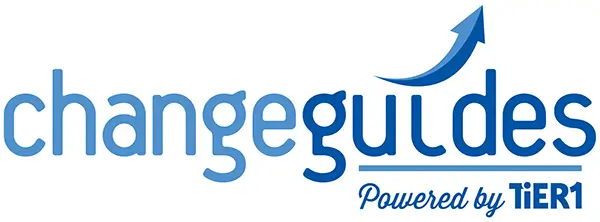I was in a situation this week with a client where I witnessed a “higher up” treating someone who worked for him in a way that was completely and totally appalling. He was rude, he was condescending, he was just down-right nasty. Sadly, this is not totally new behavior for this guy. I have seen it a few times – this was just the time that it really seemed “over the top.”
This guy doesn’t walk around exuding “mean”. In fact, he very adeptly hides his nastiness with a veil of a “fun guy” persona. He is always quick with a witty story, a funny joke, or comfortable banter about weekend plans. But when push comes to shove, he can just be mean.
As the nastiness was unfolding before my shocked eyes, it was clear that the root of this guys bad behavior was firmly planted in his own transition through this change. While he is a leader of the change we are working on, he is also affected by it.
If I look at his behavior through the lens of an observer of organizational change, I see a person who is struggling to maintain control and a sense of purpose… not just a rude guy.
He is not a project management guy, but he was put in a project management role… a highly visible project management role. He is trying to control the you-know-what out of every element of this change. Unfortunately, his efforts are backfiring. Every time he clamps down and treats someone like doo-doo, his team members check out even more (several are already looking for the exits). “Why should I bust my hump putting together a 20 page strategy or a detailed plan if I know you are going to dump all over it and basically start from scratch anyway?” They have a point.
It must also occur to him on occasion that there is not job “waiting” for him when this project is over. If this project goes well and happens quickly, there might not be a place for him. And if it goes poorly, there might not be a place for him either! Not an enviable situation. But he is not doing himself any favors by chasing team members away and behaving poorly. A highly visible role is a double edged sword… the executives he is interfacing with are not dense. They see the nastiness and are not digging it.
I don’t believe he is a bad guy. But there are lots of other people who experience change and uncertainly without getting mean about it. All he needs to do is treat people with a little respect. It’s not that complicated. I hope he makes it.
